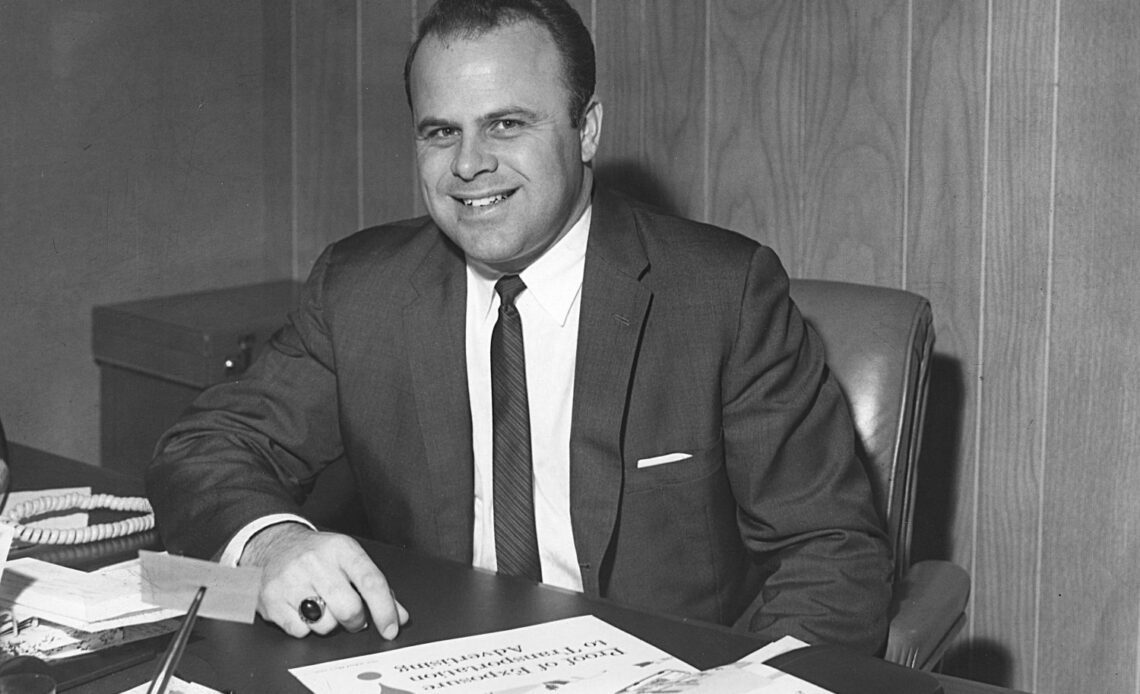He changed NASCAR as we know it.
There are few people who have impacted the sport to the level that Bruton Smith did in his lifetime. Smith passed away on June 22 at the age of 95, himself a race fan of 87 years, and fans don’t remember a NASCAR without his influence.
Even if it wasn’t Smith’s purchase of a rival series in the late 1940’s (in just his early 20s) that forced NASCAR’s hand in creating what’s now the Cup Series, his influence is felt throughout the sport in the form of the racetrack empire he eventually built.
It began in Charlotte, when Smith financed the construction of a 1.5-mile quad-oval track in nearby Concord. What’s now Charlotte Motor Speedway was the first track of its kind in the sport, and it both began and nearly ended Smith’s racing endeavors.
Charlotte hosted the first World 600 in 1960. The race remains the Cup Series’ longest and one of the most coveted wins by its drivers. At the time, it was the ultimate test of both driver and machine.
The track nearly cost Smith everything. When it went bankrupt in 1961, the court awarded control of the track to other investors, and Smith departed his home state of North Carolina to pursue other, more stable, businesses.
But he never gave up on Charlotte. As he grew his wealth, Smith began buying shares in the track, until he held a majority stake.
Smith took the track over for good in 1976 and installed Humpy Wheeler as president and promotor extraordinaire.
Smith’s timing was outstanding. NASCAR’s popularity was beginning to grow in the late 70s. Smith upgraded CMS to accommodate a growing fan base, and in the process, to make the fans’ experience memorable. Luxury boxes, expanded concessions and more restrooms came along with additional seats.
Smith made headlines in 1984 when CMS built and sold a bank of condominium homes in turn 1 which overlooked the track, but provided year-round living for residents, a first for any major sports venue.
In 1992, Smith revolutionized NASCAR by undertaking a project that many thought was impossible: installing lights at Charlotte and bringing night racing to the Cup Series. Other tracks followed suit, with night races gaining popularity among fans for the comfort of cooler nights and the excitement of racing under the lights.
Smith’s racetrack empire expanded in 1990 to include Atlanta Motor Speedway, which was later reconfigured as a sister track to Charlotte. He named his company Speedway Motorsports in 1994 and…
Click Here to Read the Full Original Article at Frontstretch…

